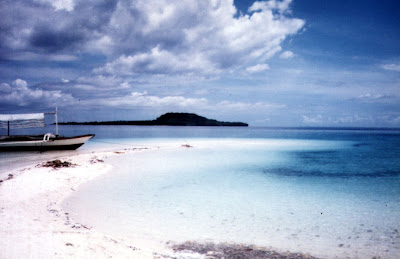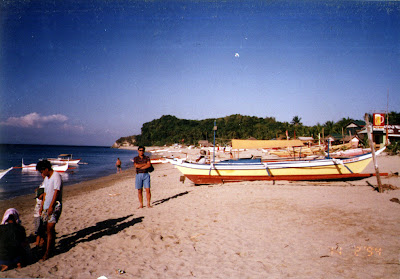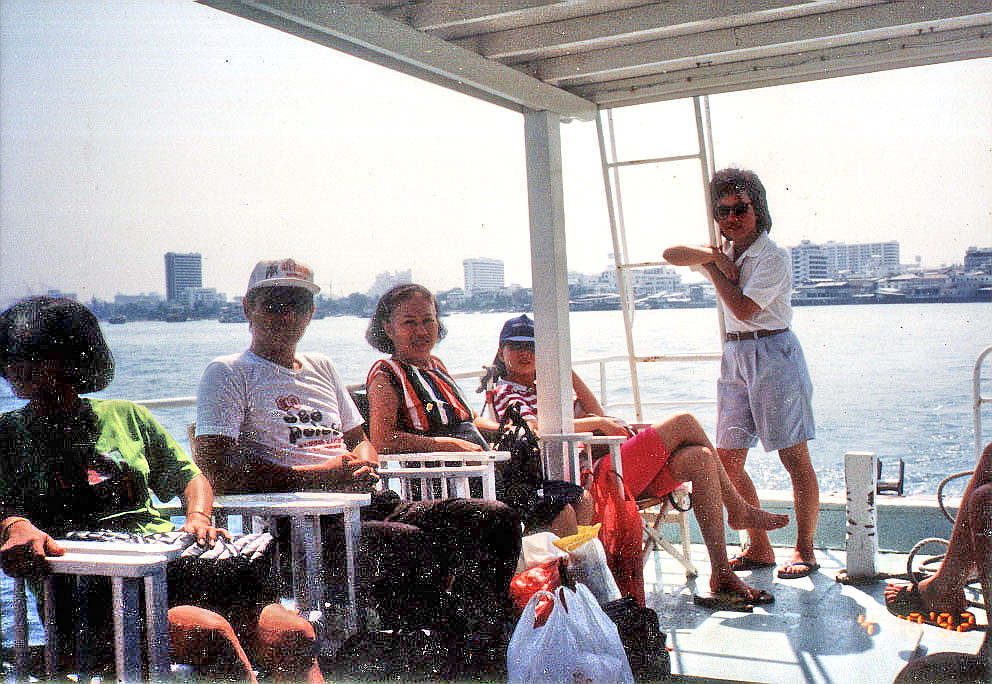 |
| On our way to Digyo Island |
As the name implies, the Cuatro Islas consists of 4 lovely islands; Apid, Digyo, Himokilan and Mahaba, all of which are bordered by white sand beaches, rich fishing ground and unexplored coral reefs (a total of 287 species). Though Baybay was our jump-off point, three of the four islands (Apid, Digyo and Mahaba) belong to the town of Inopacan while Himokilan Island is under the jurisdiction of Hindang.
 |
| Digyo Island’s beautiful sandbar. Across is Himokilan Island |
Digyo (pronounced as Dijo) Island, our destination, is the smallest, prettiest and most popular tourist destination of the four. After 30 mins., our outrigger boat made landfall at the island’s beautiful sandbar of fine, white sand. Good coral growth, ideal for snorkeling, are located at the western part of the island, facing Apid Island. The island is also a nesting site of sea turtles. While there, I circled the island in about 20 mins.
 |
| Digyo’s white sand beach |



















































